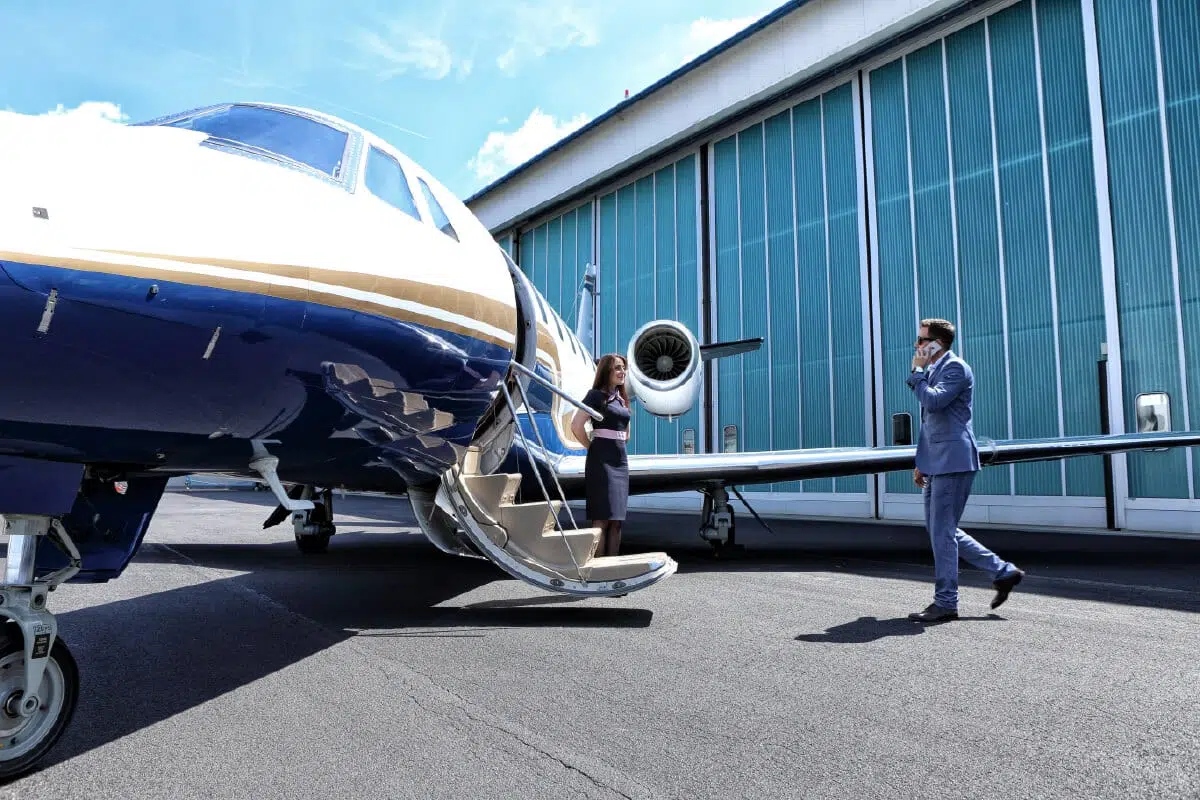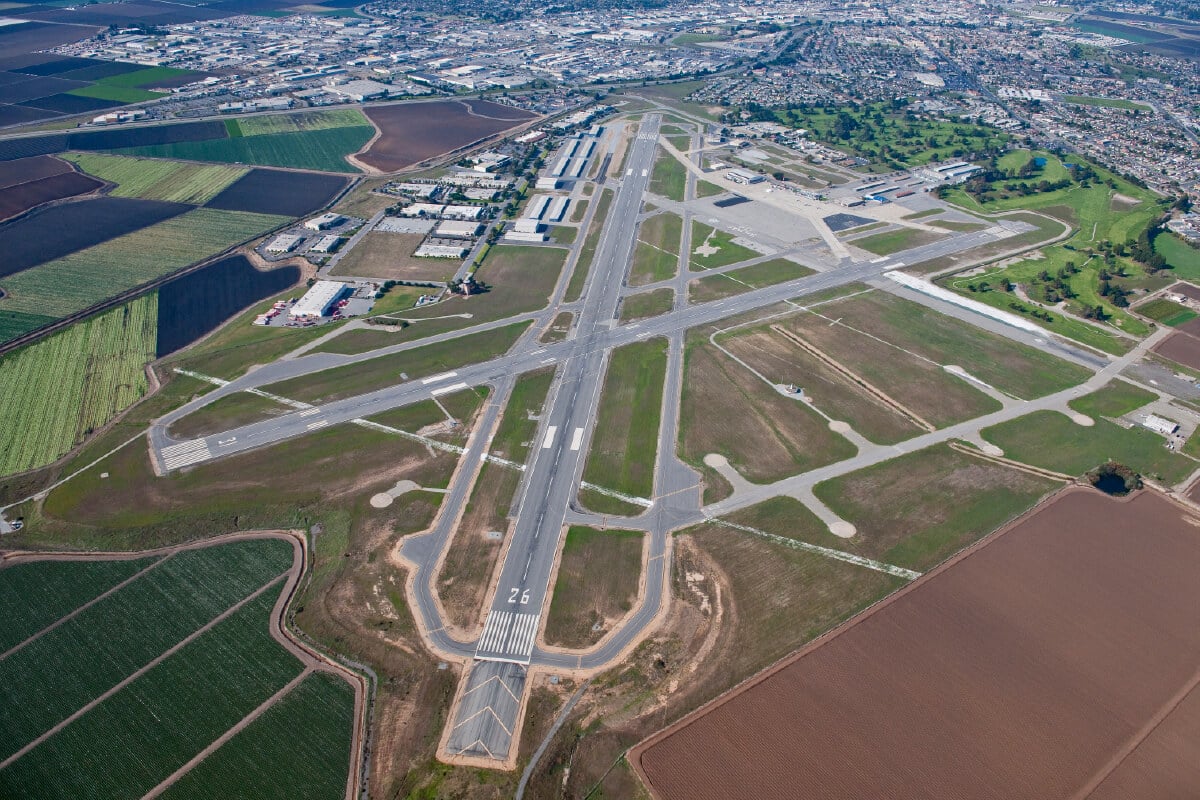- March 30, 2021
- Perspectives, Trending Topics
Why General Aviation is Flourishing During the Pandemic


Pam Keidel-Adams
National Aviation Practice Leader
While COVID-19 has had an overall devastating impact on the aviation industry, one segment is showing some positive gains—general aviation (GA). While business-related GA travel in large metropolitan markets is still waning due to the pandemic and changing business needs, GA activity in many smaller markets returned to normal or even increased levels in May 2020, with a full return to pre-pandemic levels in December 2020. Representatives of the GA industry from reliever airports, FBOs, GA aircraft manufacturers, state aviation agencies, and business aviation have indicated that charter activity and recreational flying are up and flight training has also returned to pre-COVID-19 levels.
During a panel discussion at the 2021 Airport Consultants Council/American Association of Airport Executives (ACC/AAAE) Airport Planning, Design, and Construction Symposium, aviation professionals from an airport; an FBO; and an airport finance, economic and concessions consultancy discussed their experiences and thoughts behind some of the shifts in GA activity.
Impact of Remote Work on General Aviation
With many businesses continuing to promote working from home, individuals are choosing to move outside major urban areas to smaller communities. Additionally, many homeowners with second homes have made those residences more permanent, using their urban locations as their secondary homes. This has resulted in more demand at GA airports serving smaller suburban/rural communities. In some cases, the aircraft are larger than what the airport has typically served, raising the issue of the impact on long-term facility needs. Since the impact is yet to be determined, many GA airports are waiting to make major investments until the pandemic resolves to confirm this is a long-term trend and not just a short-term reaction.
Businesses Using Non-Commercial Aircraft for Employee Safety
Many businesses that require in-person meetings are turning to charter activities, using their own aircraft, or leveraging fractional ownership aircraft to transport employees and keep business going. The smaller planes present a lower health risk when compared to a commercial flight full of potentially sick people. While this type of general aviation activity is still down compared to pre-COVID-19 levels, many business customers are now using these same aircraft for personal travel more than previously seen. FAA data on operations show that fractional ownership aircraft usage (Part 91 Subpart K) is growing while non-commercial aircraft previously used by many businesses (traditional Part 91) is down, especially in business-centric markets.

What the Future Holds for General Aviation
As commercial airline activity ramps up throughout 2021, with increasing vaccination rates and lower virus transmission rates, GA business activity is expected to increase too. There is some concern about when business travel (Part 91 and business charter usage) may return to pre-pandemic levels. Given GA’s generally strong performance overall, this return could signal even more growth in GA than anticipated pre-pandemic. The impacts to airport facilities—from hangar storage to airfield dimensions and potential changes to meet FAA design standards—will require evaluation once pandemic-related changes are determined to be permanent or not.
About the Expert

Pam Keidel-Adams
Pam’s aviation planning experience spans more than 30 years, progressing to a national leadership role and achieving industry recognition for her contributions to the aviation planning field. She has led teams on numerous large-scale studies and served as a trusted advisor to state aviation organizations for many years, as well as to the FAA during the development of the agency’s research portfolio for aviation planning over the next 10 years. During her career, she has led master plans for commercial service and GA airports, economic impact analyses, air service evaluations, activity forecasting, public and stakeholder outreach, and database management tool development. Pam also has participated in more than 50 system planning assignments in more than 35 states. In addition to her system planning expertise, she has participated in planning assignments in all the regional airport offices of the FAA, providing her with an understanding of the technical and regulatory issues facing airports across the U.S. Pam served as the Chair for the 2020 ACC/AAAE Airport Planning, Design, and Construction Symposium and is Chair of the Transportation Research Board’s Aviation Group and member of the Technical Activities Council.
